WSS Funding
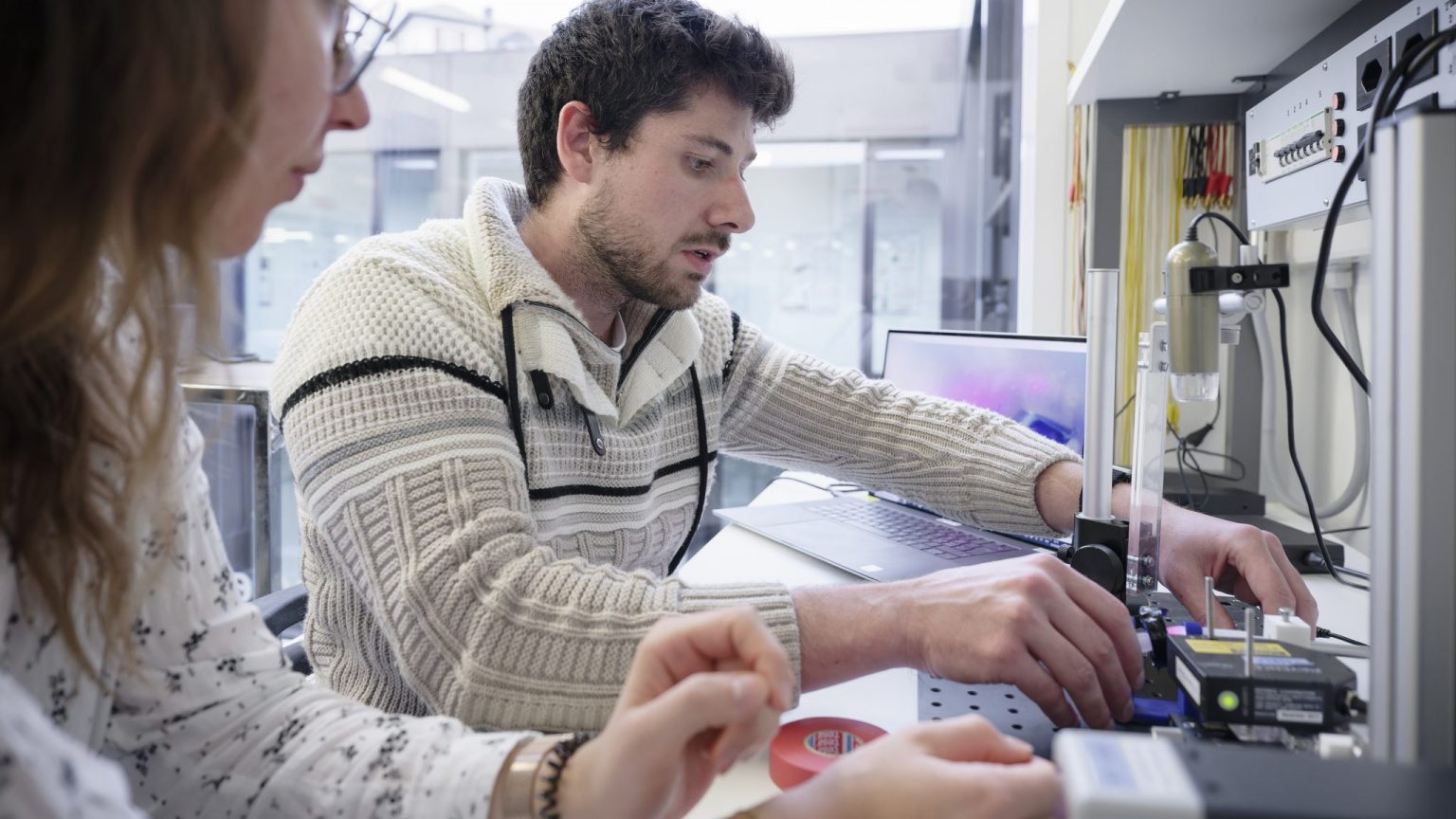
Source : https://mediatheque.epfl.ch
Motivation and goal
Lower urinary tract dysfunctions and symptoms and Urinary incontinence in particular is a medical condition that affects millions of people worldwide. UI can be defined by an involuntary loss of urine. In the case of Severe Urinary Incontinence, Artificial Urinary Sphincter (AUS) implantation is often adopted as a surgical treatment. This device is composed of a cuff generally placed around the urethral duct that ensures continence. Existing devices have been mainly implanted on male patients and despite positive post-surgery outcomes, a relevant portion of patients requires revision surgery, due to complications including infection, urethral atrophy, erosion, and mechanical failure. Within the Center for Artificial Muscles, we are developing a new kind of AUS based on dielectric elastomer actuator technology with an emphasis on tailoring this device specifically for female patients.
Chosen approach
Understanding the biomechanics, particularly the mechanical properties of human urethra is a critical prerequisite for designing an effective AUS. Thus, we initiated tests on porcine urethra to accurately characterize its mechanical properties. In addition, we developed an artificial urethra with mechanical properties closer to human urethra. Finally, we used data extracted from those tests to design and tests ex-vivo our first AUS prototype.
Current state of the research
- Mechanical characterisation of the porcine urethra
We conducted pressure tests on porcine urethra to characterize its mechanical properties. Despite its similarities with human urethras, we delineated differences in both geometric configuration and mechanical behaviour.
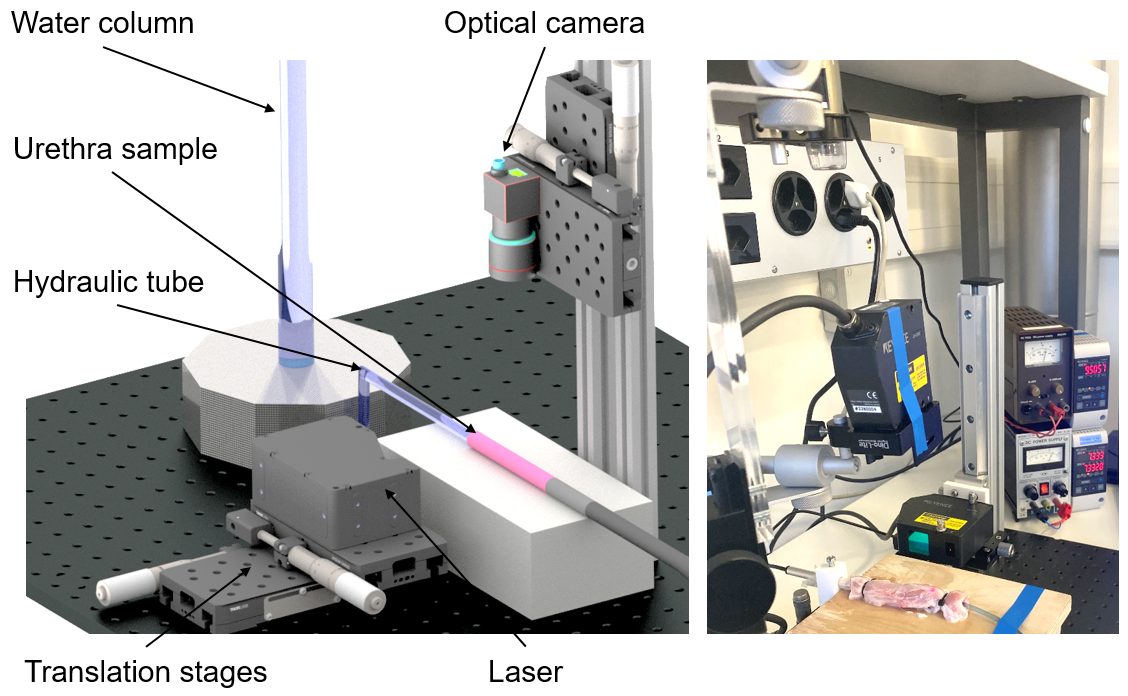
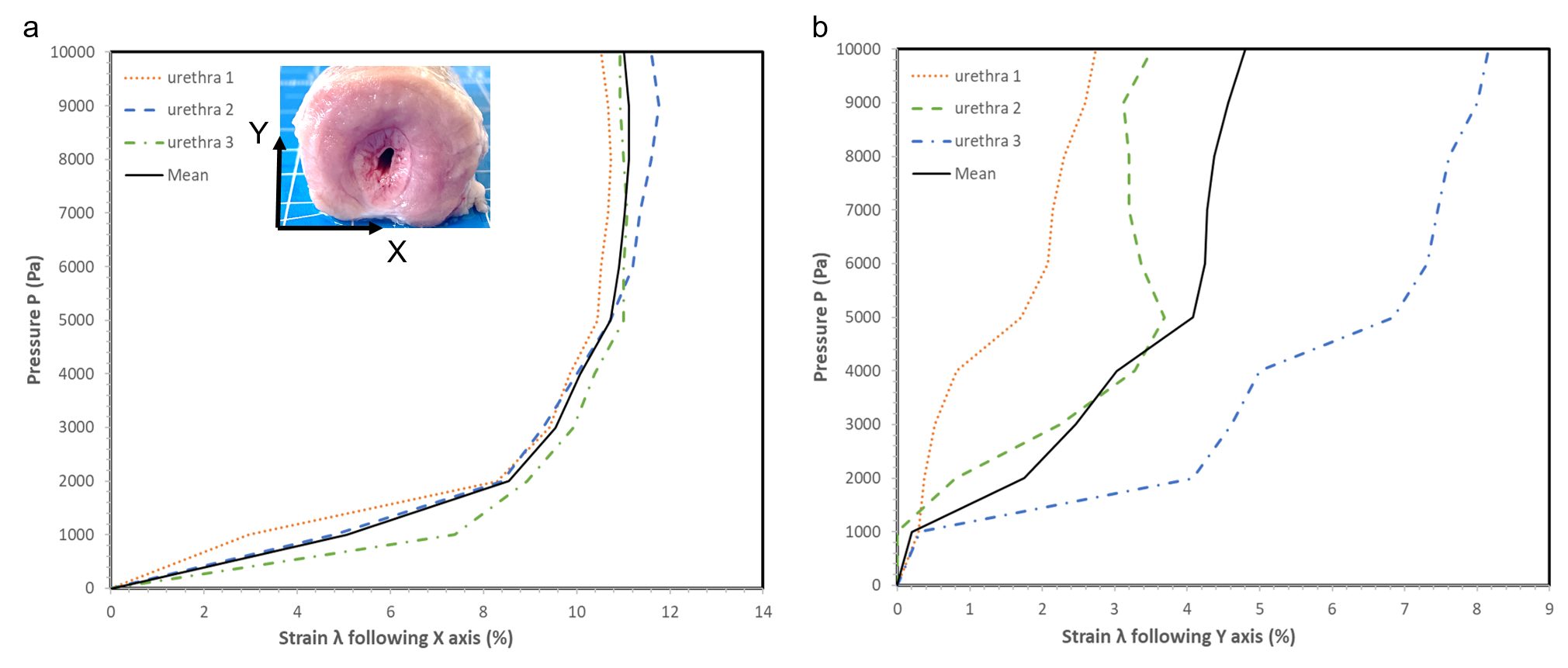
- Artificial urethra
We explored various polymers as potential substitutes for the human urethra to carry out our future experiment on this artificial urethra. Promising findings lead our future research towards Silicone and a custom made hydrogel polyacrylamide (PAAm).
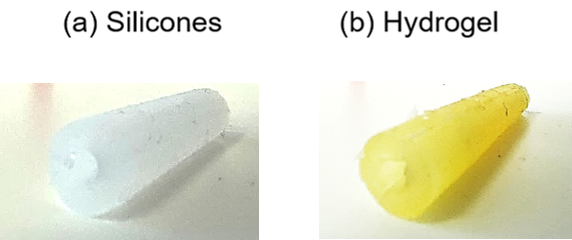
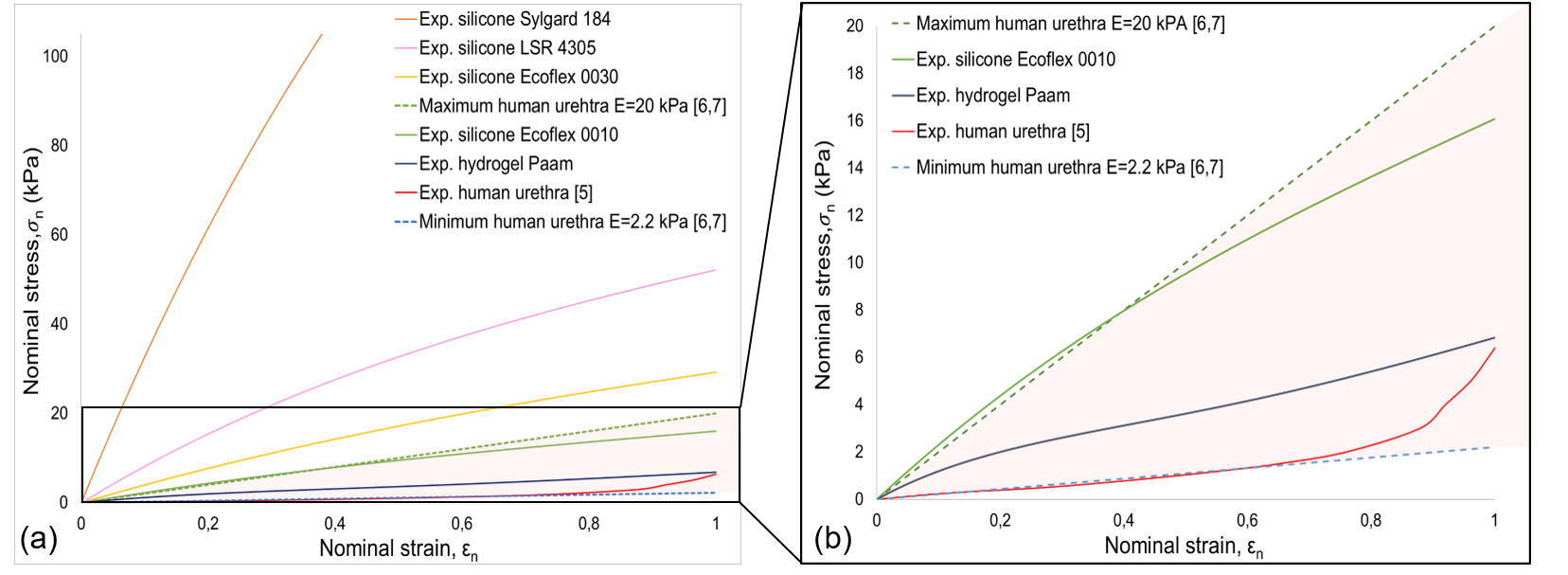
- Artificial Urinary Sphincter
We conducted ex vivo tests on porcine urethra using our initial AUS prototype. While the results are promising, they indicate that incorporating an additional mechanical structure might enhance the performance of our AUS.
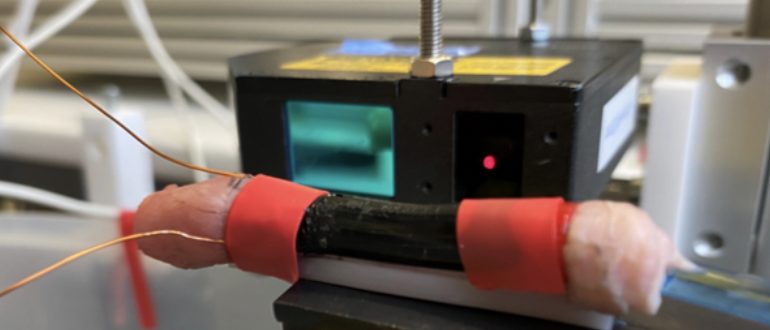
Future work
We will continue conducting ex vivo tests on urethral tissue to further refine our AUS. Our ongoing research endeavours focus on optimizing our AUS. An initial area of enhancement entails integrating a mechanical structure to pre-stretch our system, thereby enhancing its performance.